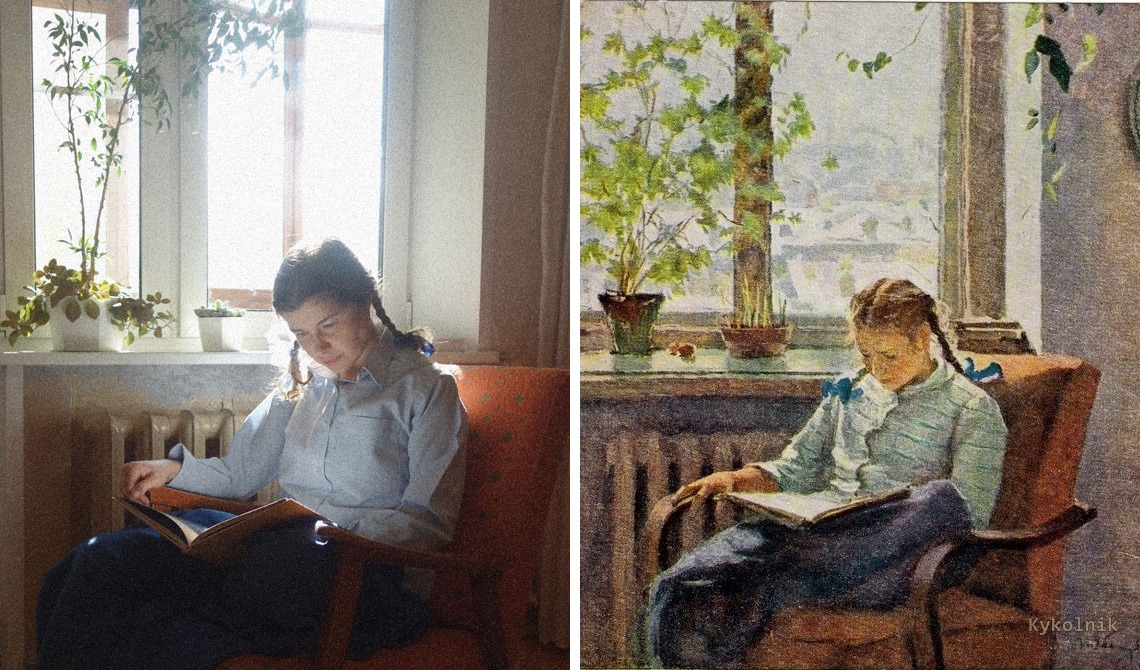
Of course, while we must do our utmost to protect ourselves and others from COVID-19, it is worth asking what the role of art and culture is in these trying times. In truth, this is a time when we need culture more than ever. We need art, books, music, theatre and films to remind us why life is worth living, to reawaken our senses and focus on the wonder of being, to remind us of our hopes and freedoms.
Thus, it is no wonder that the cosplay culture has captured the world. Thousands of people in different countries have become cosplayers (costume players), creating performance art where they dress up in elaborate costumes and use other accessories to recreate famous art masterpieces. Yes indeed, it is in times of uncertainty that people often find solace in art and other cultural manifestations… and then record their interpretations on different media and social networks.

This phenomenon testifies to more than just creating a good reproduction of a famous painting. As we enter a fictional world reflected in world-famous masterpieces, we seem to unite with something stable, eternal and reliable, which is currently missing in our world.
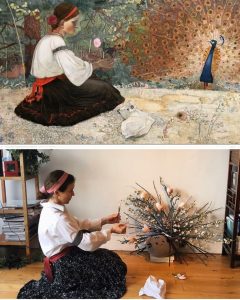
Today, there are many hashtags for this flashmob occurrence. The challenge was adopted quickly by major museums such as the Rijksmuseum, The Getty and The Metropolitan Museum of Art. It has spread across the world, with gallery and museum collections worldwide picking up the phenomenon. You may have come across #TussenKunstEnQuarantine #изоизоляция #betweenartandquarantine. In Ukraine, the Pinchuk Art Centre has launched the hashtag #мистецтвовдома. In Odesa, several prominent Odesites joined the flash mob and posted their creations
on social media. Lviv resident Ivan Ischenko created a series of photos devoted to monuments of famous historical and cultural figures located in the city center.

Art lovers in Ukraine have joined the world community, posting photos of prominent “reproductions” of Ukrainian masterpieces from the National Art Museum of Ukraine (NAMU), including such renowned masters as:
- Oleksandr Murashko (September 7, 1875-June 14, 1919),
- Mykola Pymonenko (March 9, 1862-March 26, 1912),
- Fedir Krychevsky (May 22, 1879-July 30, 1947),
- Petro Kholodny (December 18, 1876-June 7, 1930).

Also, view NAMU on Google.
"Kozak Mamai," recreated below, is a recurrent theme of Ukrainian art in the XVIII-XIX ct.
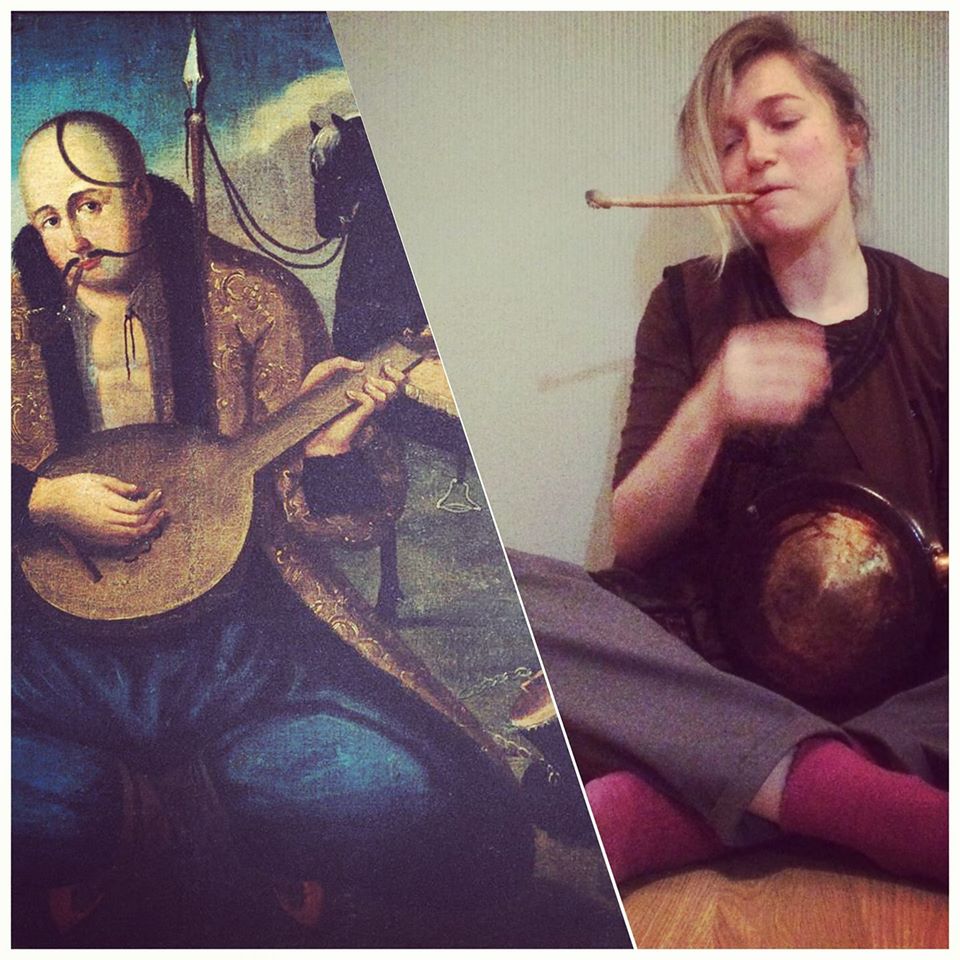
Works of art related to Ukraine but located outside the museum were given attention too.
Taras Shevchenko, Ukraine's most famous poet from the XIX ct, was also a painter. One of his poems, "Kateryna," is about a Ukrainian village girl called Kateryna who got pregnant out of wedlock with a Russian soldier who abandoned her, and committed suicide. Shevchenko painted an illustration for his poem.

Shevchenko was exiled to nowadays-Kazakstan for his national-liberation activities that went against the Russian empire's plans. This is one of the paintings from that period.

"Dog with a dachshund" is a less-known painting by Aleksandr Murashko.

Artur Brahinskyi is a contemporary Ukrainian artist from Zakarpattia Oblast.
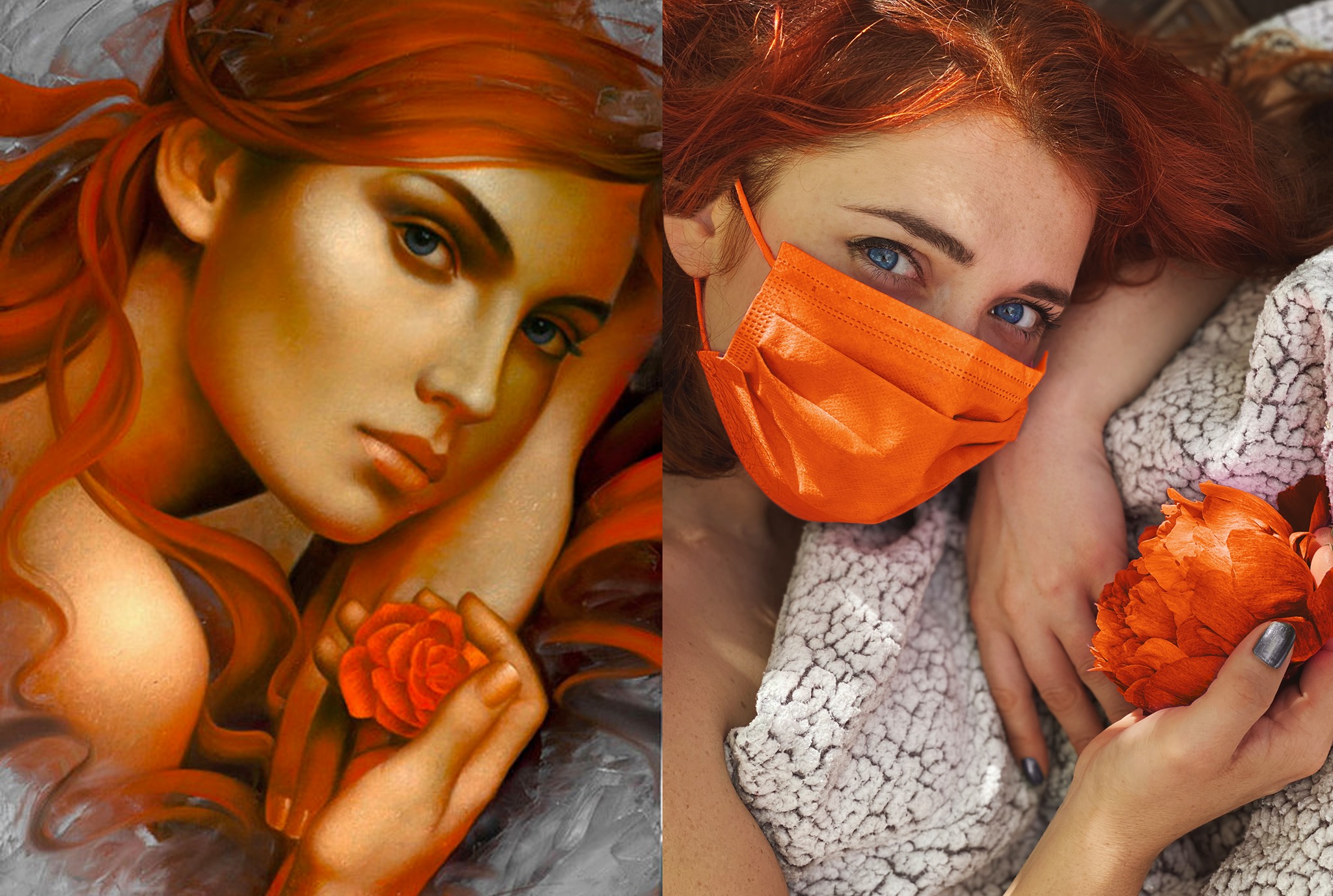
Zinaida Serebriakova, although known as a Russian painter, was born in nowadays-Ukrainian Kharkiv in the times of the Russian Empire and emigrated to Paris in 1925, where she lived all her life.

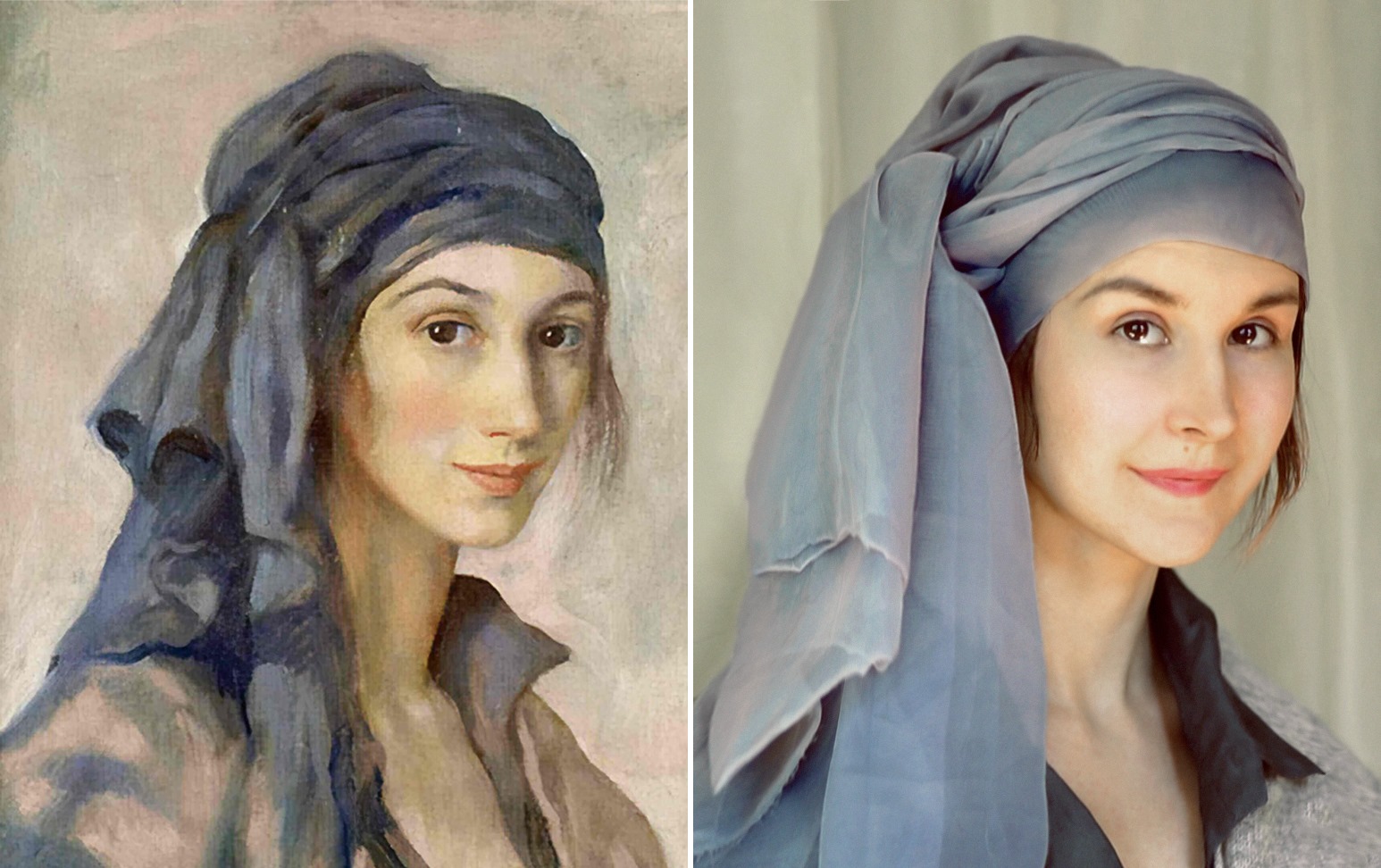
Yevheniya Hapchynska is a contemporary Ukrainian painter.
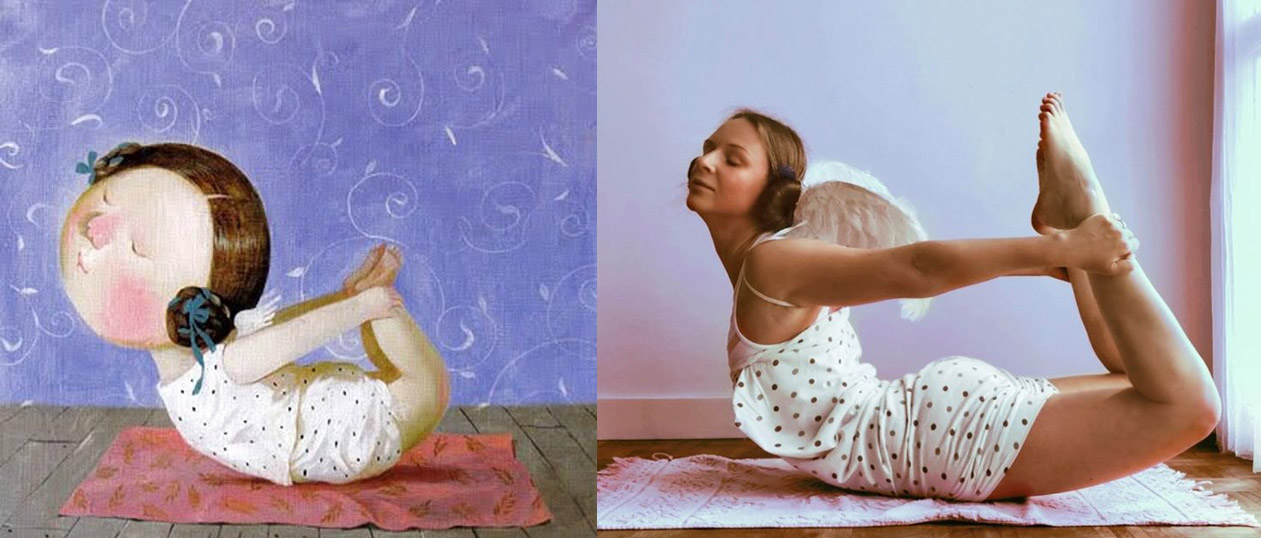
Kazimir Malevich is the best-known Ukrainian avant-garde artist famed for his abstract art. However, only two of his works remain in Ukraine. Read about him and other avant-garde Ukrainian artists forgotten by history here: Recovering the forgotten names of the Ukrainian avant-garde.
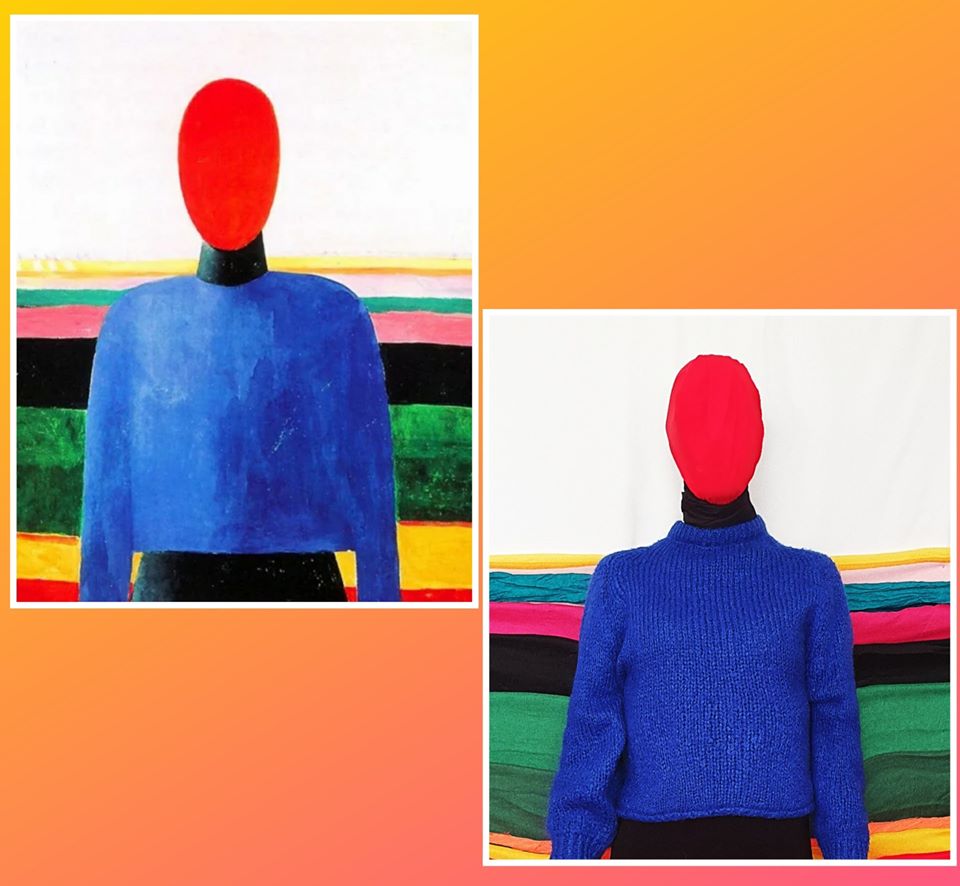

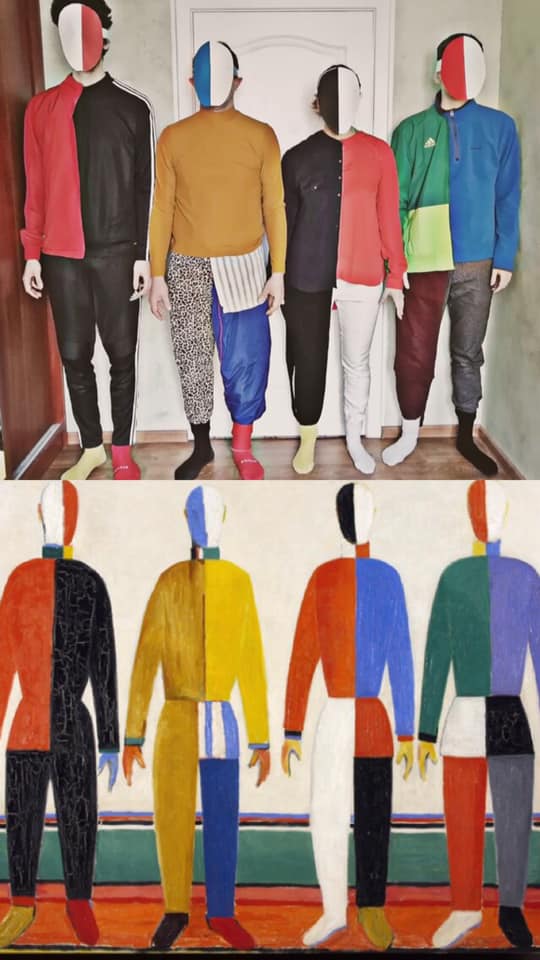
Other major figures of the Ukrainian avant-garde include Aleksandra Ekster, David Burliuk, Aleksandr Bogomazov, Vasily Kandinsky
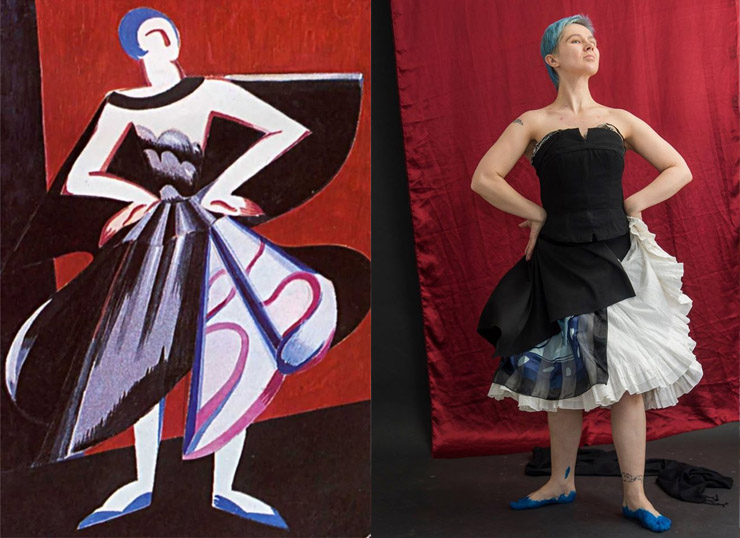

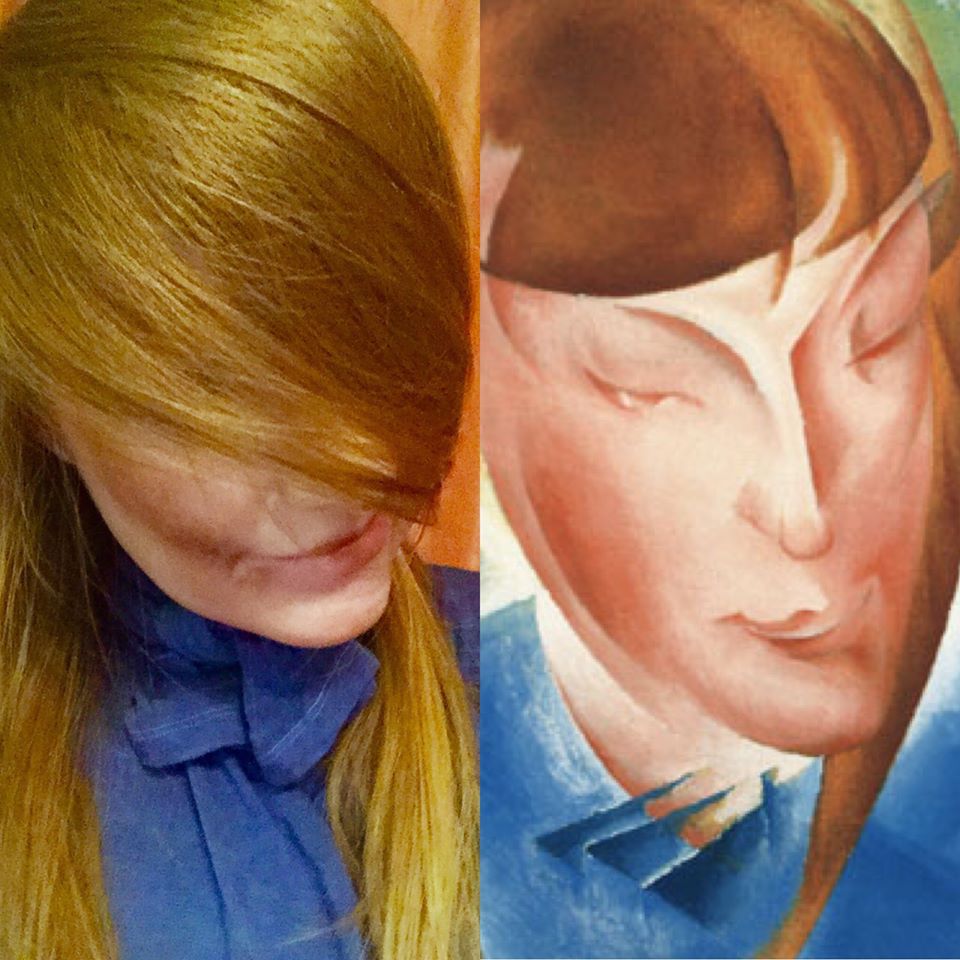
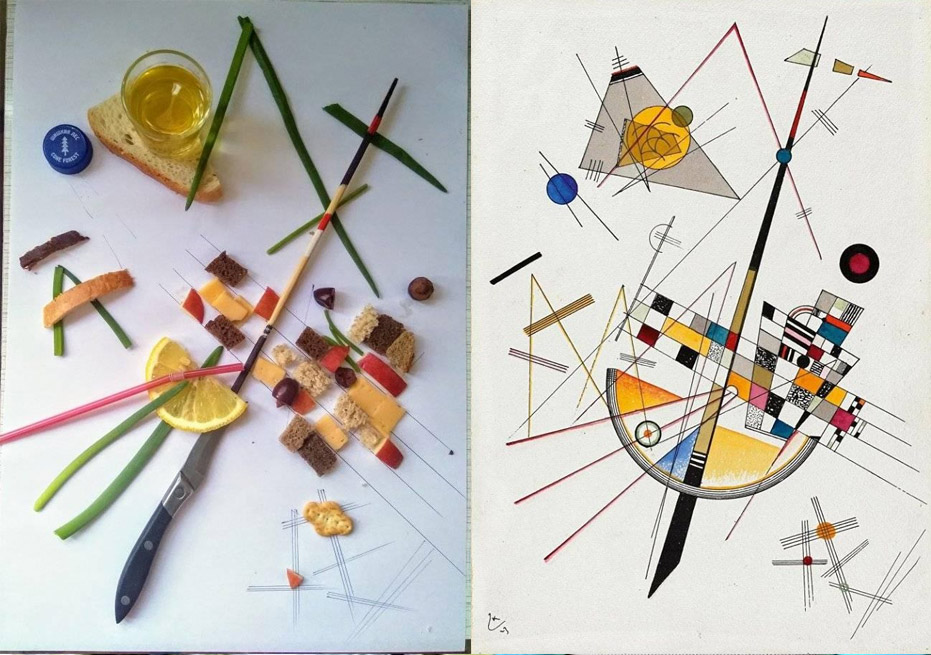

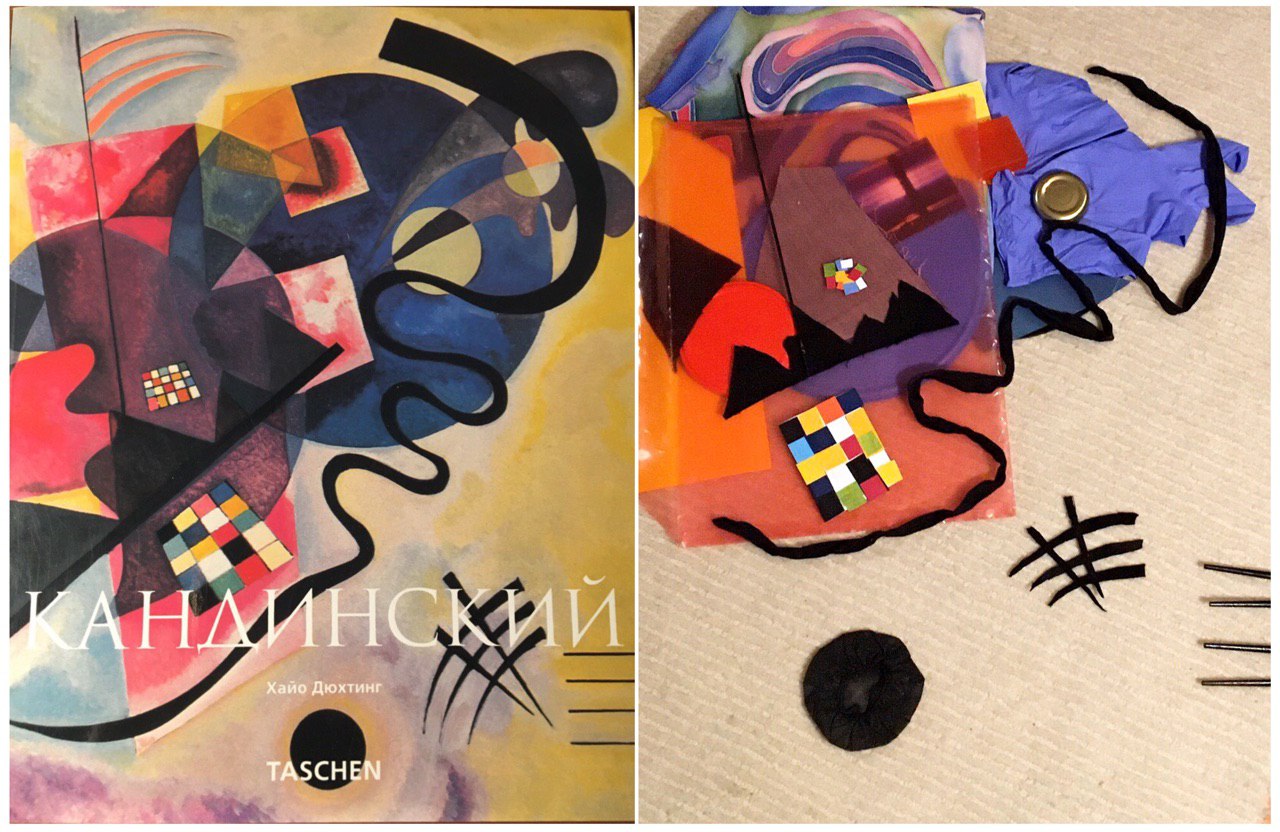
Tatyana Yablonskaya is a Ukrainian-Soviet artist who worked in the style of Social realism.

